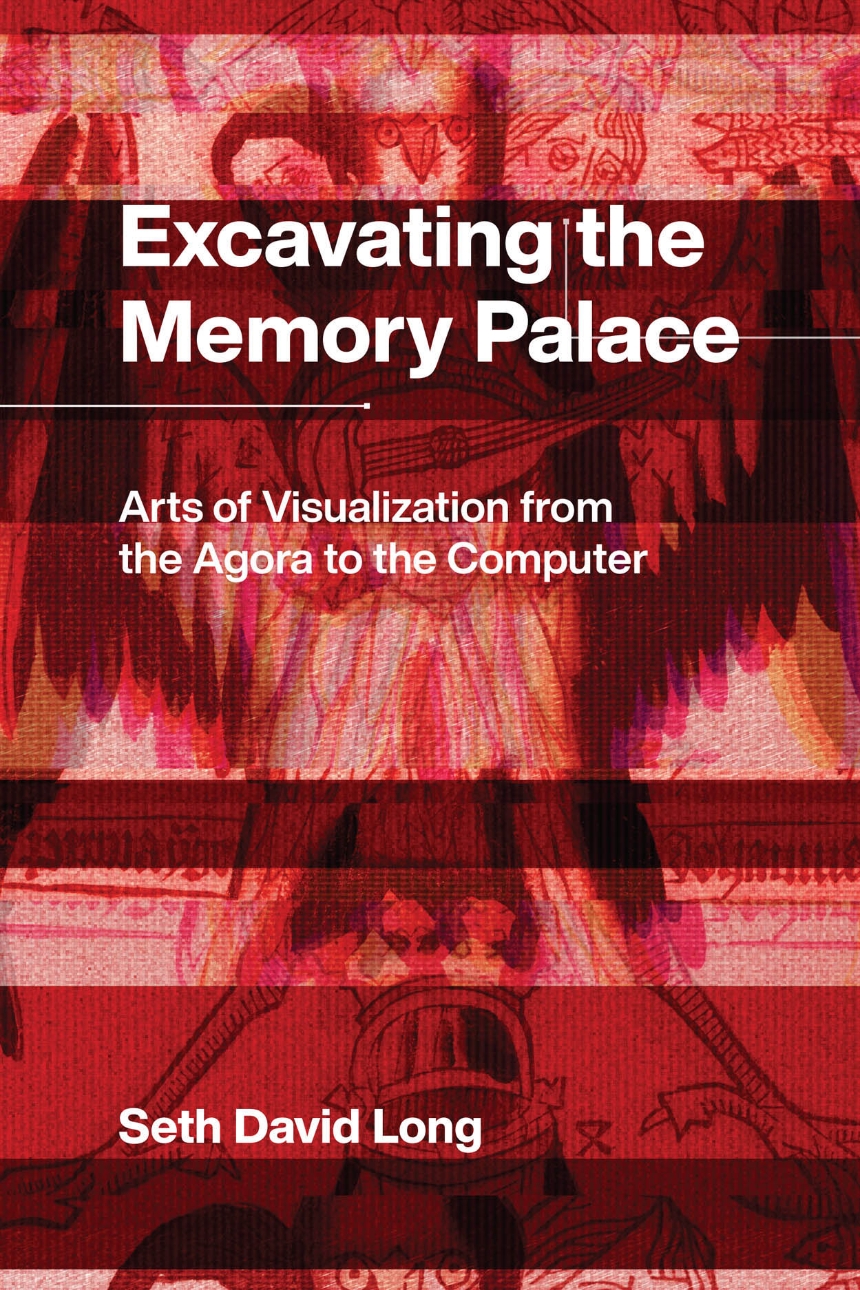Excavating the Memory Palace
Arts of Visualization from the Agora to the Computer
9780226695280
9780226695143
9780226695310
Excavating the Memory Palace
Arts of Visualization from the Agora to the Computer
With the prevalence of smartphones, massive data storage, and search engines, we might think of today as the height of the information age. In reality, every era has faced its own challenges of storing, organizing, and accessing information. While they lacked digital devices, our ancestors, when faced with information overload, utilized some of the same techniques that underlie our modern interfaces: they visualized and spatialized data, tying it to the emotional and sensory spaces of memory, thereby turning their minds into a visual interface for accessing information.
In Excavating the Memory Palace, Seth David Long mines the history of Europe’s arts of memory to find the origins of today’s data visualizations, unearthing how ancient constructions of cognitive pathways paved the way for modern technological interfaces. Looking to techniques like the memory palace, he finds the ways that information has been tied to sensory and visual experience, turning raw data into lucid knowledge. From the icons of smart phone screens to massive network graphs, Long shows us the ancestry of the cyberscape and unveils the history of memory as a creative act.
In Excavating the Memory Palace, Seth David Long mines the history of Europe’s arts of memory to find the origins of today’s data visualizations, unearthing how ancient constructions of cognitive pathways paved the way for modern technological interfaces. Looking to techniques like the memory palace, he finds the ways that information has been tied to sensory and visual experience, turning raw data into lucid knowledge. From the icons of smart phone screens to massive network graphs, Long shows us the ancestry of the cyberscape and unveils the history of memory as a creative act.
248 pages | 20 halftones, 12 line drawings | 6 x 9 | © 2020
History: History of Ideas, History of Technology
Sociology: Theory and Sociology of Knowledge
Reviews
Table of Contents
Introduction: Memory vs. Mnemonic
Chapter 1. Arts of Memory in the Agora
Chapter 2. Arts of Memory in the Monastery
Chapter 3. The Memory Palace in Ruins
Chapter 4. The Memory Palace Modernized
Chapter 5. Theory and Practice of a Digital Ars Memoria
Chapter 6. The Social Memory Palace
Chapter 1. Arts of Memory in the Agora
Chapter 2. Arts of Memory in the Monastery
Chapter 3. The Memory Palace in Ruins
Chapter 4. The Memory Palace Modernized
Chapter 5. Theory and Practice of a Digital Ars Memoria
Chapter 6. The Social Memory Palace
Acknowledgments
Notes
Bibliography
Notes
Bibliography
